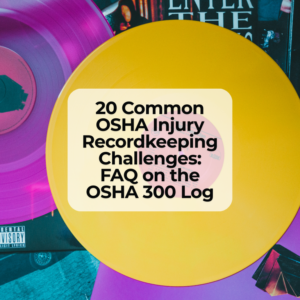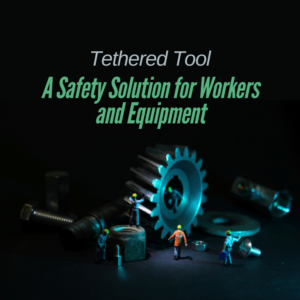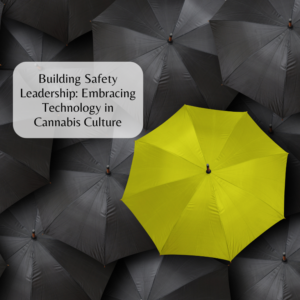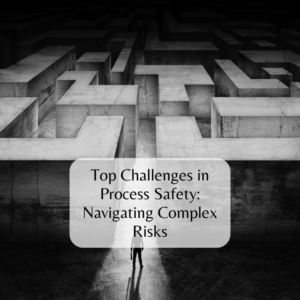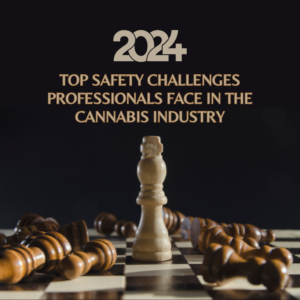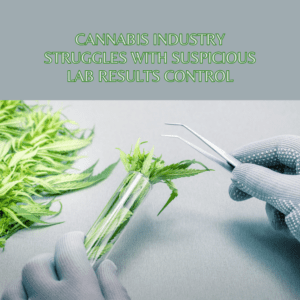Nurturing Safety: Safeguarding Workers in the Growing Medical Cannabis Industry
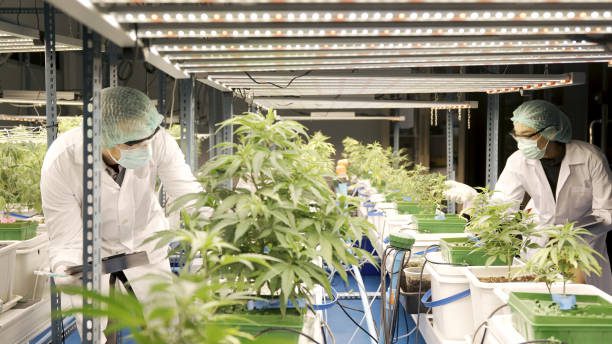
Addressing Growing Concerns
In the rapidly expanding realm of the medical marijuana industry, the pursuit of worker safety stands as an imperative. As the landscape evolves, so too do the challenges and considerations surrounding employee well-being.
Navigating Unique Risks
Within the medical marijuana sector, unique risks intersect with conventional workplace safety concerns. From the handling of potent substances to the potential impairment of workers, navigating these hazards requires a comprehensive approach.
Bridging Knowledge Gaps
Education emerges as a crucial tool in mitigating risks associated with medical marijuana. Providing workers with thorough training on the properties of cannabis products, safe handling practices, and recognizing signs of impairment fosters a safer work environment.
Embracing Regulatory Compliance
Compliance with evolving regulations is fundamental to ensuring the well-being of workers in the medical marijuana industry. By staying abreast of legal requirements and implementing robust safety protocols, businesses can safeguard their workforce and uphold industry standards.
Prioritizing Proactive Measures
In a sector characterized by rapid growth and innovation, proactive safety measures are paramount. Regular risk assessments, proactive hazard identification, and the implementation of preventative measures serve to preemptively address potential threats to worker health.
Substantial Content:
Amidst the burgeoning growth of the medical marijuana industry, concerns surrounding worker safety have come to the forefront. The unique nature of cannabis cultivation, processing, and distribution presents challenges that demand innovative solutions and a proactive approach to risk management.
Navigating Unique Risks:
One of the primary challenges in ensuring worker safety within the medical marijuana industry lies in navigating the unique risks associated with cannabis cultivation and processing. Unlike traditional agricultural or manufacturing settings, cannabis facilities contend with the handling of potent substances and the potential for worker impairment.
In addition to standard workplace hazards such as slips, trips, and falls, employees may be exposed to cannabis-derived compounds, which can pose health risks if not handled properly. Moreover, the psychoactive properties of certain cannabis products raise concerns about impairment and its implications for workplace safety.
Bridging Knowledge Gaps:
Addressing these challenges requires a concerted effort to bridge knowledge gaps among workers and management. Providing comprehensive training on the properties of different cannabis strains, proper handling procedures, and the recognition of signs of impairment is essential.
By empowering employees with the knowledge and skills needed to navigate the unique challenges of the industry, businesses can enhance workplace safety and foster a culture of responsibility and accountability.
Embracing Regulatory Compliance:
Furthermore, compliance with regulatory standards is paramount in ensuring the safety of workers in the medical marijuana sector. As legalization efforts continue to evolve, businesses must stay abreast of changing regulations and adapt their practices accordingly.
From licensing requirements to safety protocols mandated by regulatory agencies, adherence to legal standards not only protects workers but also safeguards the reputation and viability of businesses within the industry.
Prioritizing Proactive Measures:
Above all, prioritizing proactive safety measures is essential for mitigating risks and promoting a culture of well-being in the workplace. Regular risk assessments, hazard identification, and the implementation of preventative measures are critical components of an effective safety program.
By taking a proactive approach to risk management, businesses can identify potential hazards before they escalate into safety incidents, thereby safeguarding the health and well-being of their employees.






